Table of Contents
Creative and Critical Thinking
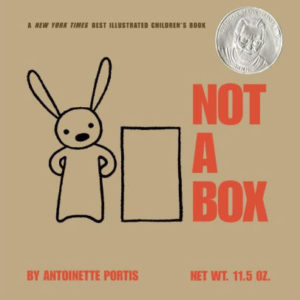 |
Annette Portis’s Not a Box (HarperCollins, 2006) is an exercise in imagination, as a little rabbit discovers that a box can be anything from a mountain to a robot to a rocket ship. For ages 3-7. Also by Portis, see Not a Stick (2007). |
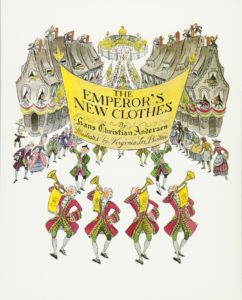 |
Hans Christian Andersen’s The Emperor’s New Clothes – in this version, illustrated by Virginia Lee Burton (HMH, 2004) – is a classic tale of speaking the truth – and of thinking outside the box. For ages 4-8. |
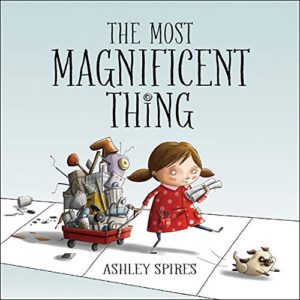 |
By Ashley Spires, The Most Magnificent Thing (Kids Can Press, 2014) features a pigtailed little girl who has a wonderful idea for building a MAGNIFICENT thing – but rather than being “easy-peasy,” the project turns out to be far more difficult than expected and she’s soon frustrated and angry. A story of creativity and perseverance. For ages 4-8. |
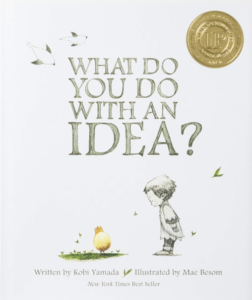 |
Kobi Yamada’s picture book What Do You Do with an Idea? (Compendium, 2014) begins with a little boy who has an idea – shown as a gold-crowned egg on legs. He’s not sure what to do with it – but the idea is persistent and won’t leave him alone. Eventually, as he grows more and more confident, the idea blossoms, bursts into the sky and changes the world. For ages 5-8. Also by Yamada, see What Do You Do with a Problem? (2016). |
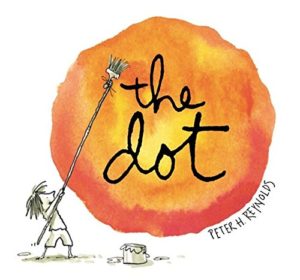 |
In Peter H. Reynolds’s The Dot (Candlewick, 2003), Vashti insists that she can’t draw. Frustrated, she makes a dot on a piece of paper – and her teacher frames it. Soon Vashti, inspired, produces a creative explosion of gorgeous dots – and eventually passes her excitement on to a discouraged little boy, who has just made a squiggle. For ages 5-9. Celebrate International Dot Day! |
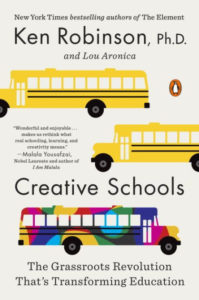 |
By Sir Ken Robinson, Creative Schools (Penguin, 2016) says that our outmoded industrial education system is damaging students, and argues instead for a highly personalized approach to learning. Also see Robinson’s TED talk, Do Schools Kill Creativity? (Short answer: yes.) |
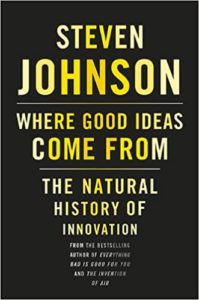 |
Steven Johnson’s Where Good Ideas Come From (Riverhead Books, 2011) is a natural history of innovation. What kind of environments are best for generating out-of-the-box ideas? Hint: networks and connections are pluses. See a summary of Johnson’s key lessons. |
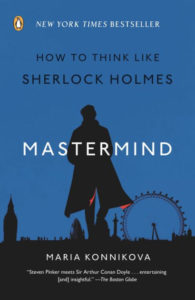 |
By Maria Konnikova, Mastermind: How to Think Like Sherlock Holmes (Viking, 2013) uses brain research and examples culled from Sir Arthur Conan Doyle’s master detective Sherlock Holmes and sidekick Dr. Watson to discuss cognition and thinking strategies. |
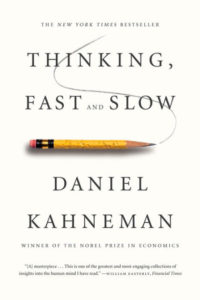 |
Daniel Kahneman’s Thinking Fast and Slow (Farrar, Straus & Giroux, 2013) spends many pages differentiating and explaining two major types of thinking: the first rapid, intuitive, and emotional; the second slow and deliberate, involving reason and concentration. |
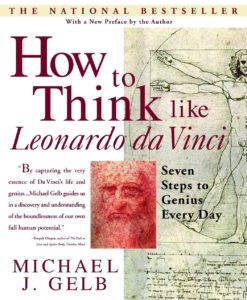 |
Michael J. Gelb’s How to Think Like Leonardo da Vinci (Dell, 2000) purports to be a seven-step program to becoming a genius, based on Leonardo’s notebooks, inventions, and works of art. Topics covered are problem solving, creative thinking, self-expression, and more.
|
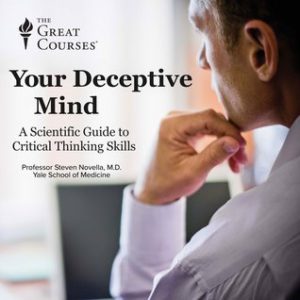 |
From The Great Courses (see below), Your Deceptive Mind: A Scientific Guide to Critical Thinking Skills is a 24-lecture course taught by Steven Novella of the Yale School of Medicine. Learn about the necessity of thinking about thinking, the neuroscience of belief, the unreliability of memory, logical fallacies and cognitive bias, and more. For ages 13 and up. |
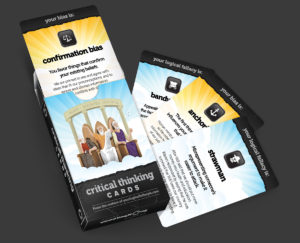 |
From the Thinking Shop, the Critical Thinking Cards Deck is a plus in the age of fake news, with examples of 24 logical fallacies and 24 cognitive biases. Learn to spot them. For ages 12 and up.
|
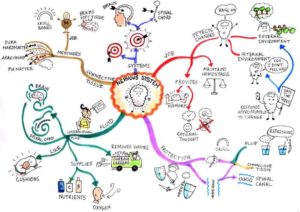 |
Mind maps are creative tools for note-taking, brainstorming, organizing your thoughts, and enhancing memory – and they’re fun. Books on the theory and practice of mind maps include Nancy Margulies’s Mapping Inner Space (Corwin, 2001) and Tony Buzan’s Mind Maps for Kids (Thorsons, 2005), both with many colorful examples. Stock up on colored pens and pencils. See Mind Maps for Kids for examples and suggested activities. |
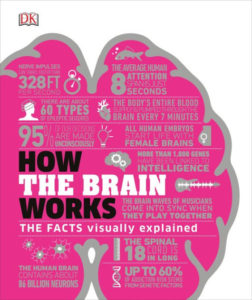 |
In Dorling Kindersley’s How Things Work series, How the Brain Works (DK, 2020) is a 200+-page graphically creative account of the workings of the human brain. An excellent and comprehensive overview, filled with catchy factoids and a question-and-answer feature. |
Education Online
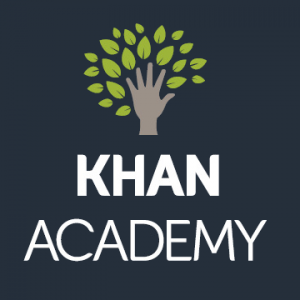 |
Khan Academy is a non-profit dedicated to providing a world-class education to students from kindergarten through adulthood. A wide range of free classes in math, science, computing, economics, the arts, reading and literature, and life skills, plus test prep workshops. |
 |
Outschool provides small online classes, clubs, and camps for ages 3-10. Everything from phonics and piano lessons to baking, chemistry, Spanish, algebra, and stop-motion animation. |
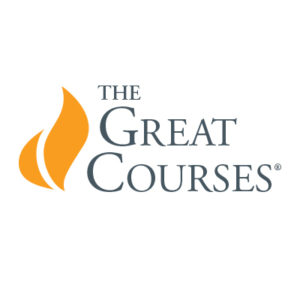 |
The Great Courses offers over 800 multi-lecture courses, variously categorized under History, Mathematics, Music and Fine Arts, Literature and Language, Philosophy and Religion, Science, and more, available on DVD or as instant video or audio downloads. Full-price courses are expensive, but all go on sale periodically for a fraction of full price – just keep an eye out. Generally appropriate for ages 13 and up. |
 |
The mission of the Great Books Foundation is to promote critical thinking through shared inquiry discussion of books and ideas. Programs, which consist of books and teacher’s guides, are available for kids (K-12) and adults. The books include both fiction and nonfiction collections by award-winning authors, with open-ended discussion questions designed to promote reflection and debate. |
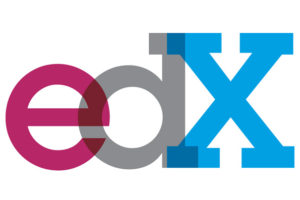 |
EdX provides access to over 3000 courses from Harvard, MIT, and over 100 other member universities. |
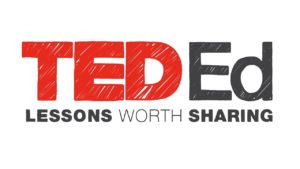 |
TED-Ed is TED’s youth and education branch, introduced with the motto “Stay curious!” Hundreds of fascinating video-based presentations for all ages. |
